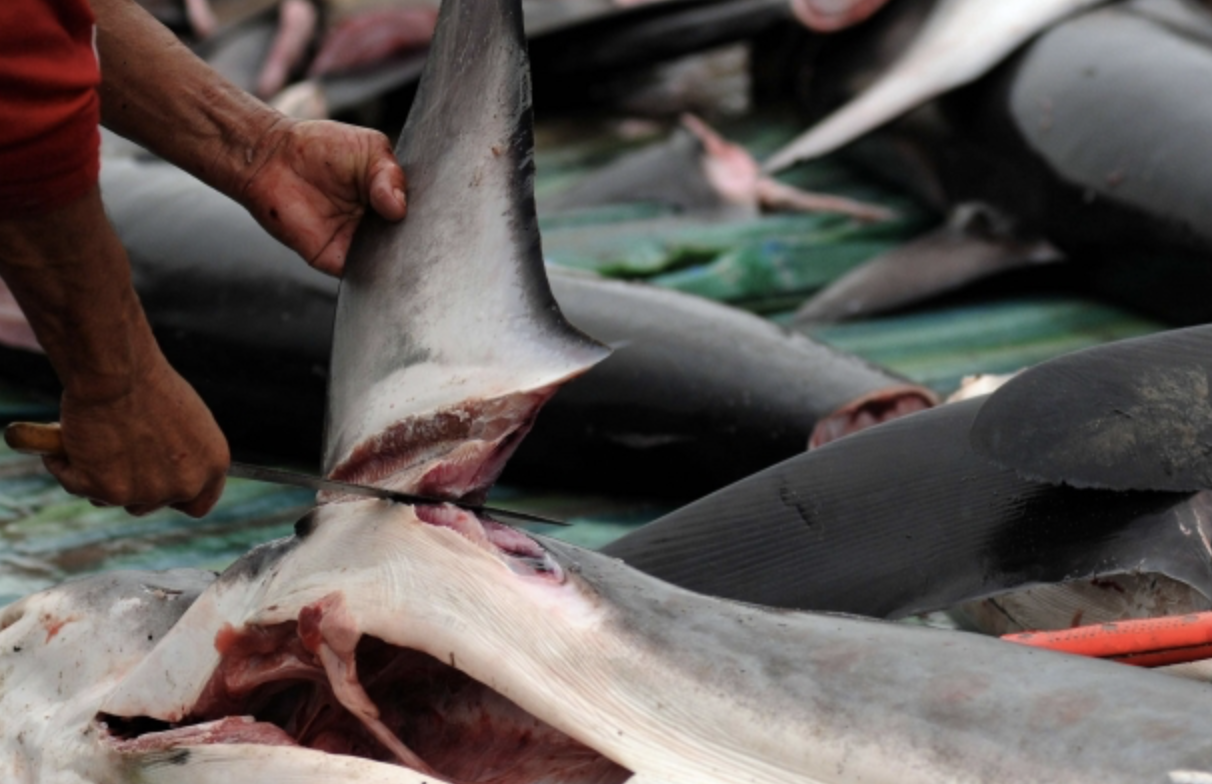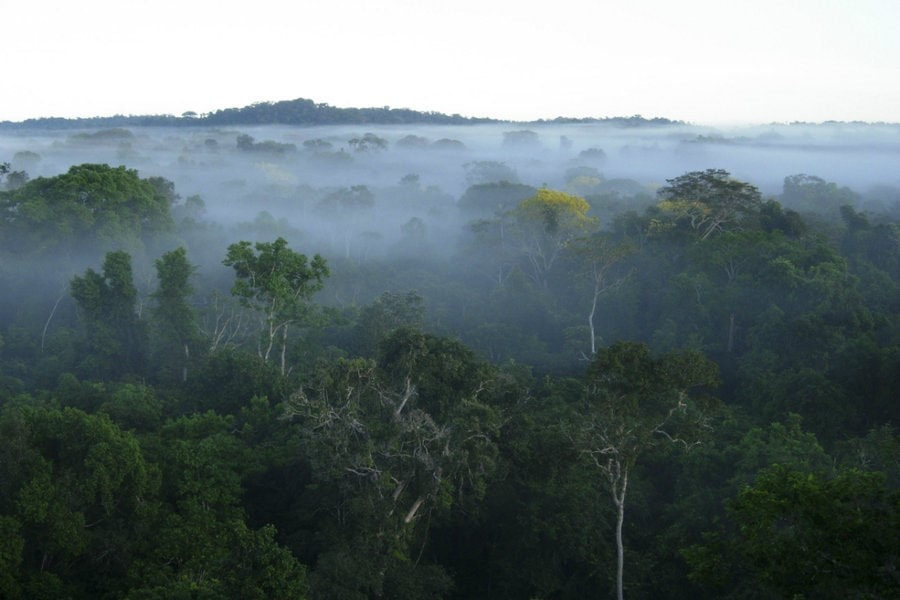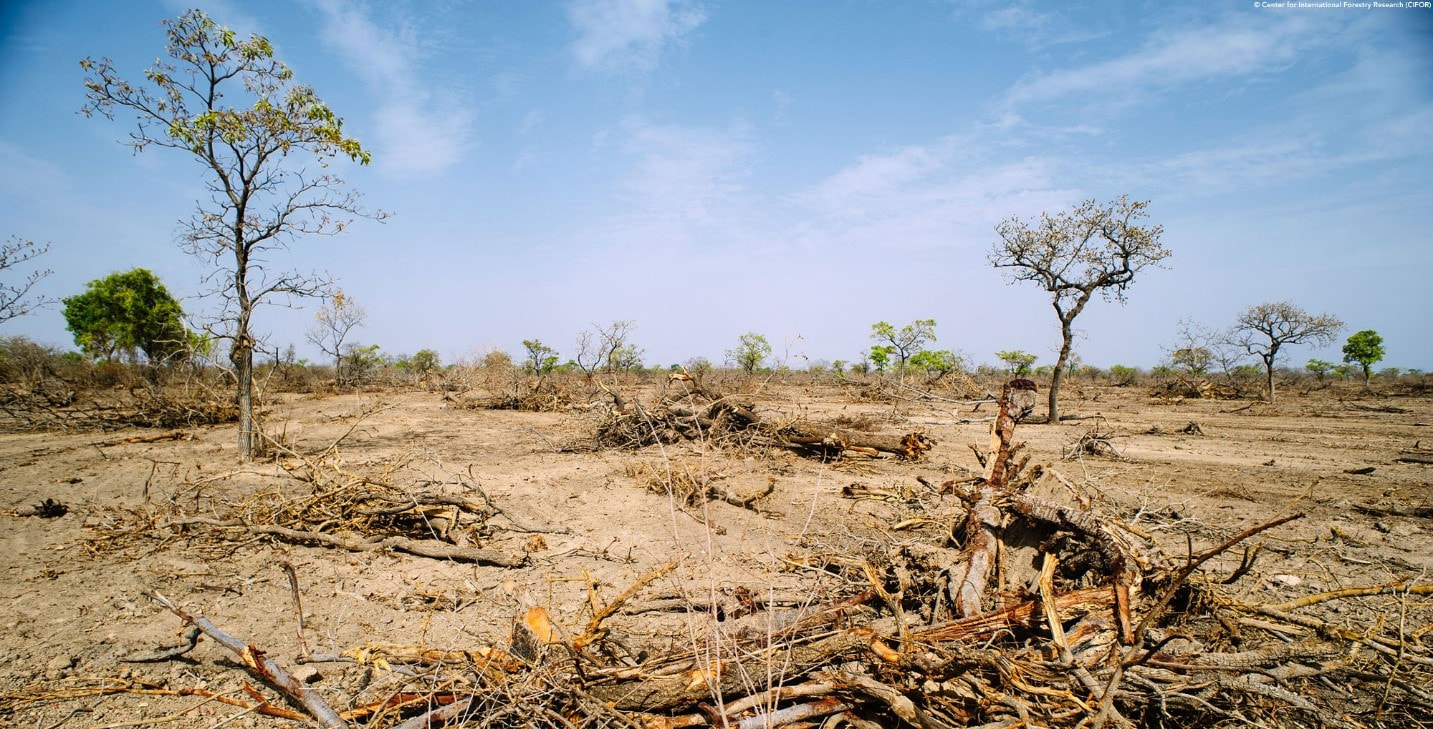|
The science is clear. This new study shows that the global fin trade is one of the greatest threats to shark populations worldwide, with fins from up to 73 million sharks making it into the market every year. Fishing pressure on threatened shark populations has increased dramatically in recent years and it is urgent that consumers reject shark fin products altogether – a study in Marine Policy by researchers from the Swire Institute of Marine Science (SWIMS), School of Biological Sciences, University of Hong Kong (HKU), the Sea Around Us initiative at the University of British Columbia (UBC) and WildAid Hong Kong reveals. “Data suggest that global shark catches now exceed one million tonnes per year, more than double what they were six decades ago. This overexploitation now threatens almost 60% of shark species, the highest proportion among all vertebrate groups.” said HKU School of Biological Sciences Professor Yvonne Sadovy, lead author of the study. “Hong Kong is the port of entry for about half of all officially traded dried shark fins globally, importing around 6,000 tonnes per year in recent years.” Professor Sadovy explained. A 2017 study showed that 33% of shark fins found on sale in Hong Kong’s dried seafood stores were from species listed as Threatened by the International Union for Conservation of Nature (IUCN). It is estimated that only 12% of shark fisheries are considered potentially sustainable, indicating that 25,000 tonnes of dried fins each year originate from other unsustainable, often illegal, fisheries. Distinguishing the species from which fins are sourced can be extremely difficult, as the mixing of catches is a common practice that hampers traceability efforts, and many fins look similar. “Shark finning and the mixing of catches tend to take place in the open seas or in remote ports, where there is little to no oversight. Moreover, authorities show little interest in controlling illegal wildlife trade, including that in shark fins. Even if they do, their enforcement capabilities are very limited because they cannot inspect and run DNA tests on every single fin that arrives at their customs to determine the area where the shark was caught, or even determine the species,” said co-author Professor Daniel Pauly, Principal Investigator with the Sea Around Us at UBC. A large proportion of fins comes from sharks caught as bycatch: for example, sharks comprise over 25% of the total catch in longline tuna and billfish fisheries in multiple countries. While there are ways to mitigate biologically unsustainable or environmentally harmful shark bycatch, ranging from temporal and spatial measures to gear modifications, there is very little evidence of fisheries management authorities or industry insisting on rapid adoption of such methods. Indeed, bycatch mitigation measures may well be resisted if bycatch consists of sharks for which fins can be sold. "The global shark fin industry is rife with criminal activity and cannot be trusted to police itself effectively. Ensuring truly sustainable shark fisheries and shark fin trade remain a far-off pipe dream. Simply put, around a quarter of all shark species are hurtling towards extinction. As our paper clearly shows, the only real way to protect sharks is to adopt the precautionary principle and halt the consumption and trade in all shark fin. Furthermore, Hong Kong's restaurant sector – including companies like Maxim's Catering Limited and Paramount Catering Group Limited, should refrain from selling and serving shark fin immediately which is directly contributing to the endangerment of shark species." said Mr. Alex Hofford, Wildlife Campaigner at WildAid Hong Kong. Both legal and illegal fisheries are driving the overfishing of sharks which is driven overwhelmingly by the international trade to obtain their fins. Pressure is particularly high in Indonesia where annual catches exceed 100,000 tonnes of shark a year. India, Spain and Taiwan also play an important role in the catching of sharks and the subsequent sale of their fins in international markets, particularly in Hong Kong, from where many are re-exported, particularly mainland China. In the view of the researchers, waiting for multilateral organisations to develop and enforce rules regarding shark fishing and regulate the fin trade is not an option both because available enforcement and compliance systems are far too poorly applied for wildlife trade in most countries trading fins, including mainland China, and because it would likely take too long and that is a luxury not currently afforded to many shark species. While there is much scope for enforcement of existing laws controlling catching and international trade to improve, this will take time and is unlikely to improve in the near future. “The exclusivity linked to a natural product combined with its limited supply in the wild increases its price and makes it an attractive trading good for business networks, including extensive illegal trade. This trade is simply proving too difficult for authorities to control.” Professor Sadovy added. Consumers have to act fast and decide what is acceptable and what is not when it comes to vulnerable, uncontrolled species. Traditions change all the time according to new knowledge and shifting values. So while the appetite for shark fin soup is growing in places like Thailand and Macau it is slowly declining in Hong Kong and mainland China, where young people are starting to see it as a cultural practice that is worth abandoning.
Global shark catch levels have more than doubled since 1960 and populations of some shark species such as hammerhead and oceanic whitetip have declined by over 90 per cent in recent years largely because of wealthy Chinese consumers’ appetite for shark fin soup, the paper states. The authors call on consumers to reject the luxury dish and for authorities to employ the precautionary principle by protecting sharks more effectively. The shark fin trade is used as an example of the challenges of controlling growing international trade in for high value markets that increasingly threaten wildlife. “Extinction must not make the decision for us.” commented Professor Sadovy “We must either control ourselves to ensure sustainable exploitation and trade, or stop trade in luxury species or products that seriously threaten their future on our planet.” Did you know that forests cover approximately 30% of Earth’s surface? In 2005 alone, there were nearly 434 billion growing stock of trees available and 3.5 of those were removed. 60% of that 3.5 billion removed was industrial wood for woodworking. The remaining 40% was used as fuel. In areas with high income, forests are expanding and some countries are reversing their forest losses. However, in low income areas such as Brazil or Indonesia, forests are rapidly decreasing in size. The Effects of Temperature & Concentration on Woodwork The main concern here isn’t that the produced wood will be toxic, it’s the modified forests and the plantations. The majority of wood used in woodwork comes from these plantations, even though plantations make up a very small minority of all the forests. However, temperature and precipitation does have a huge impact on both modified and natural forests. For some zones, there’s been a polarized shift in which forests are better for growing vegetation. This is because of a 2xCO2 climate change. Some experts are suggesting that in the next couple of decades, we might even see some forest replacement and expansion in the tundra area, which would also make them great for vegetation. This isn’t all good though because a lot of natural forests are still in decline, especially in third world countries and they’re declining fast. Timber for example is usually produced from managed forests and once this lag effect hits the natural forests, the timber production will see a slow down as a result as well. There’s also something called the carbon fertilization effect. As more people fill the Earth, more CO2 is released into the atmosphere. CO2 isn’t all necessarily bad because orange trees have seen a significant increase in production as a result. This is thanks to an experiment called FACE or otherwise known as Free-Air CO2 Enrichment. FACE has faced some criticism because in old trees that are 100 years or older, little to no progress was made or shown. There was little to no stem growth found, so the concentration of CO2 isn’t helping older trees at all. Further studies have suggested that the effects of CO2 have actually been increasing the forest growth rate, even the natural forests. This all boils down to he different temperatures, the precipitation and the availability of CO2 in the area. Disasters & Disturbances Climate change has been a contributing factor to the intensity and the velocity of forest fires, which has been very prominent in the past couple of years, with two major forest fires in the past two years, one which burned down most of Dollywood. The intensity of these fires has been increased thanks to increasingly high winds. Different insects and pathogens have also been very prominent which have helped rot and destroy natural wood, making it unusable for woodwork. The problem with a lot of results and studies done is none of them include pathogens and insects, which have greatly diminished the effects of certain areas. Certain areas have high concentrations of insects due to climate change, which has greatly affected the amount of available wood that can be used by consumers. Russia, Canada and the United States have seen the greatest increase in forest fires because of climate changes and weather conditions that have rapidly shifted in the past couple of decades. In first world countries, forest fires have become more prominent and experts believe it’s because of a combination of: - Ignition sources and how many people are driving automobiles, which releases a lot of harmful chemicals in the air. A lot of people in first world countries prefer driving by themselves which means there’s one vehicle per person on the road most of the time. - The fuel that’s being used is another contributing factor and the fuel used in most modern automobiles today is extremely harmful to the environment. - Fire protection policies and laws have also shifted, because of political regulations and more. Some of these protections were set in place to help prevent or fight forest fires but some have been redacted. In the next decade, it’s expected that areas like Canada and the United States will lose a significant amount of their timber, pulp and other consumer wood because of mostly how people live in these areas and forest fires. Conclusion
The west in general has a lot of extreme events thanks to their sporadic weather conditions. When we have harsh winters and harsh summers, strong winds and other natural weather events will shape the forests we use for lumber and wood in a negative way. We can start by adjusting our behavior as consumers and releasing less harmful chemicals into the air that negatively impact the client. Our negative and harmful ways of living have also allowed more insects and pathogens to negatively impact the forest. If we don’t, then the negative outcome of production in wood will also impact the economy down the road. |
Details
AuthorChristine Amour-Levar Archives
December 2023
Categories
All
|






 RSS Feed
RSS Feed